The concept of parallel universes has long fascinated scientists, philosophers, and storytellers alike. In recent years, quantum mechanics has provided a theoretical framework that suggests the existence of multiple, simultaneous realities. This idea, often referred to as the "many-worlds interpretation," proposes that every decision or random event spawns a new universe, creating an infinite web of alternate timelines. From a narrative perspective, this opens up a realm of storytelling possibilities where every choice leads to a divergent path, and every character exists in multiple states simultaneously.
Quantum mechanics challenges our traditional understanding of reality. At the subatomic level, particles exist in a state of superposition—meaning they can be in multiple places or states at once until observed. This principle, when scaled up, implies that entire universes could branch off with every quantum event. Imagine a story where the protagonist’s fate isn’t just a single linear journey but a sprawling tapestry of outcomes. In one universe, they might triumph; in another, they could fail spectacularly. The narrative becomes less about a singular truth and more about exploring the infinite permutations of existence.
The idea of parallel narratives isn’t entirely new to fiction. Writers have experimented with alternate timelines, "what-if" scenarios, and multiverse crossovers for decades. However, quantum storytelling takes this further by suggesting that all these versions are equally real, unfolding simultaneously. A character’s death in one universe doesn’t negate their survival in another. This creates a rich, layered narrative structure where the audience is invited to consider not just one story, but all possible stories at once.
One of the most compelling aspects of quantum narrative is its ability to reflect the complexity of human experience. In our own lives, we often wonder how things might have turned out if we’d made different choices. Quantum storytelling mirrors this introspection by making the unseen possibilities tangible. It’s a form of narrative that doesn’t just ask "what happened?" but also "what could have happened?"—and treats both questions with equal weight. This approach can lead to deeply immersive storytelling, where the audience feels the weight of every decision and its ripple effects across realities.
From a technical standpoint, crafting a quantum narrative requires careful planning. Writers must balance coherence with multiplicity, ensuring that each parallel storyline feels authentic and engaging. Unlike traditional narratives, where causality is linear, quantum narratives thrive on branching paths and interconnected events. This can be challenging, but when done well, it results in a story that feels expansive and alive, as if the universe itself is breathing through the pages.
The appeal of quantum storytelling lies in its boundless potential. It allows for experimentation with structure, perspective, and even genre. A single narrative might shift from a romance in one universe to a thriller in another, or blend elements of both. Characters can meet alternate versions of themselves, confront their doppelgängers, or even collaborate across realities. The possibilities are as limitless as the multiverse itself, offering fresh ways to explore themes of identity, destiny, and free will.
As audiences grow more sophisticated, so too does their appetite for complex, non-linear narratives. Quantum storytelling meets this demand by delivering stories that are not just told but experienced in multiple dimensions. It invites readers and viewers to engage with the material on a deeper level, piecing together the connections between parallel plotlines and contemplating the broader implications of a multiverse. In this way, quantum narrative isn’t just a storytelling technique—it’s a lens through which we can examine the very nature of reality.
Ultimately, the rise of quantum narrative reflects a broader cultural shift. In an era where technology allows us to simulate alternate realities through virtual worlds and AI, the idea of parallel universes feels less like science fiction and more like a plausible extension of our own existence. Stories that embrace this concept resonate because they mirror the fragmented, multifaceted nature of modern life. They remind us that every moment is a crossroads, and every choice sends ripples through the fabric of possibility.
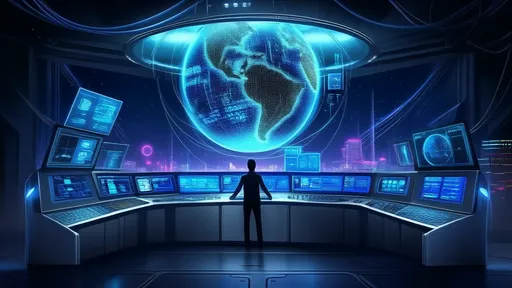
By /Jul 3, 2025
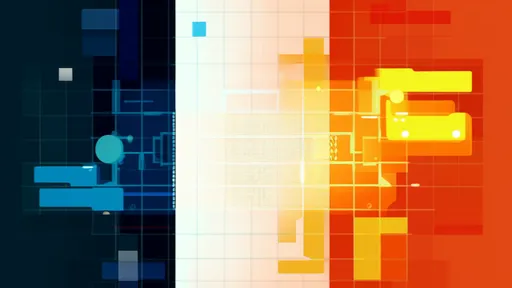
By /Jul 3, 2025
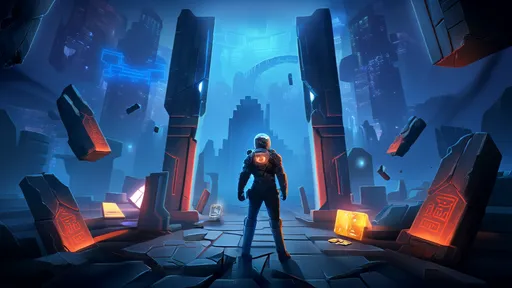
By /Jul 3, 2025

By /Jul 3, 2025
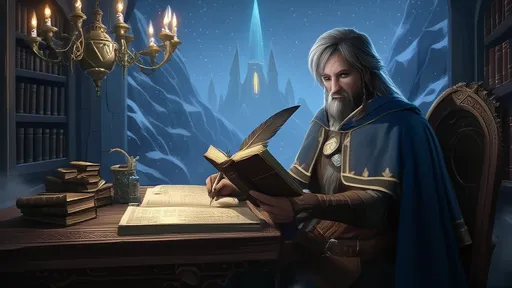
By /Jul 3, 2025
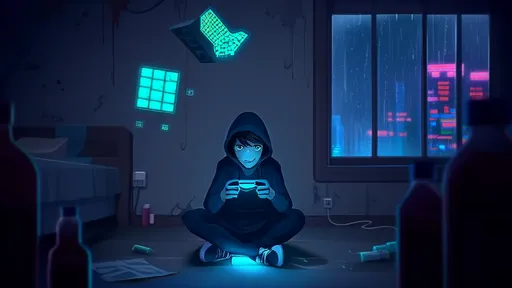
By /Jul 3, 2025
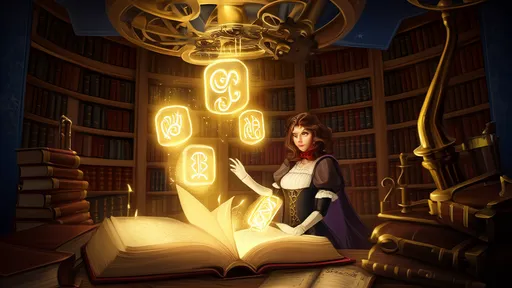
By /Jul 3, 2025
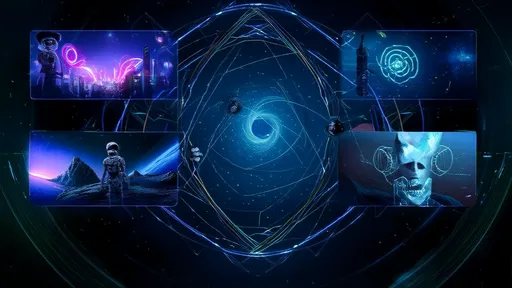
By /Jul 3, 2025

By /Jul 3, 2025
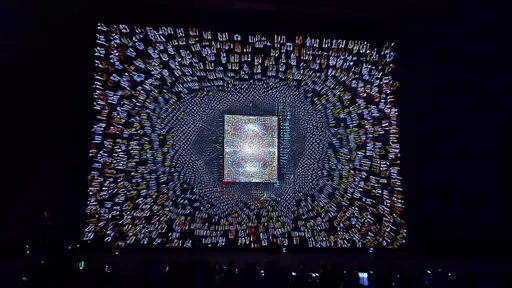
By /Jul 3, 2025
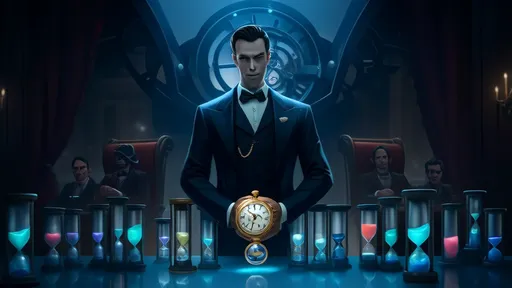
By /Jul 3, 2025
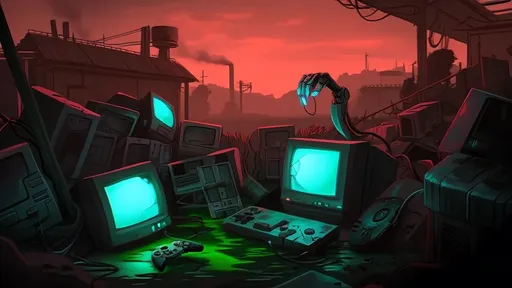
By /Jul 3, 2025
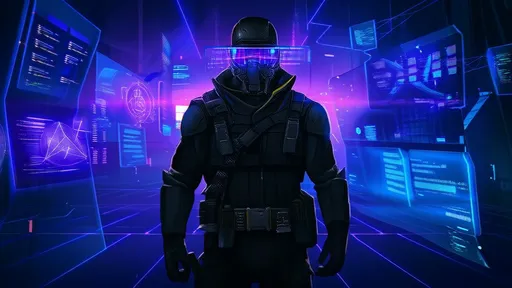
By /Jul 3, 2025
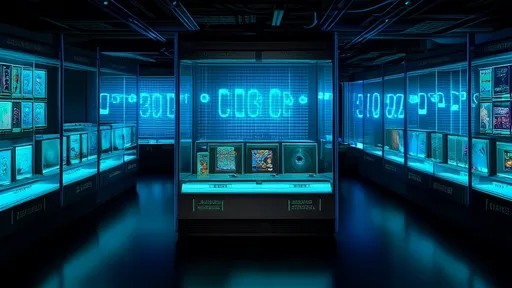
By /Jul 3, 2025
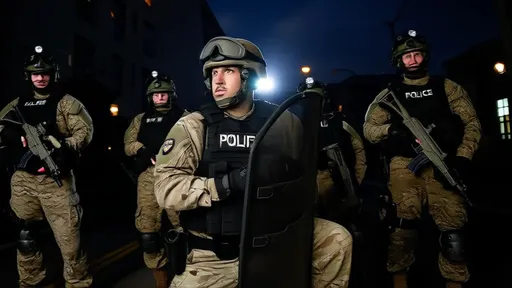
By /Jul 3, 2025
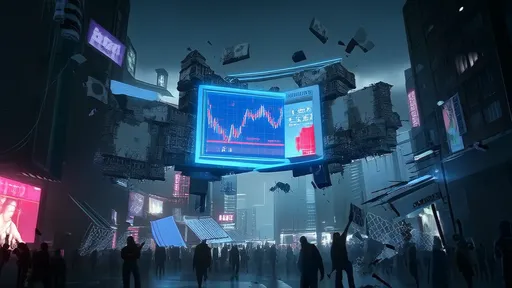
By /Jul 3, 2025
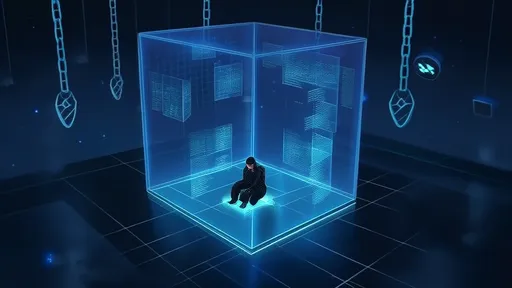
By /Jul 3, 2025
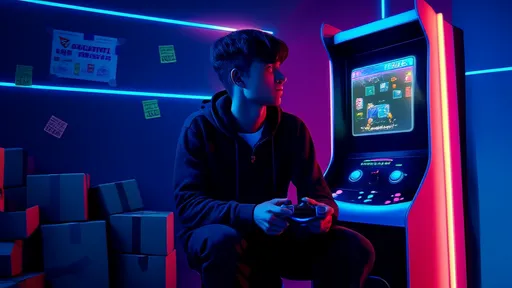
By /Jul 3, 2025